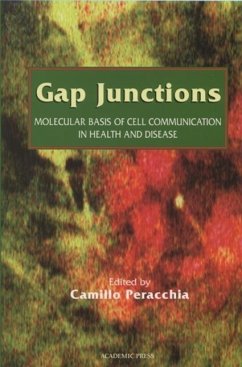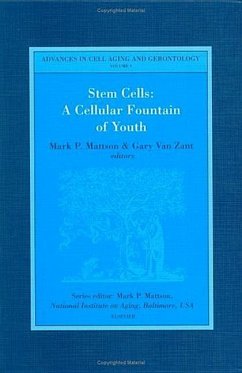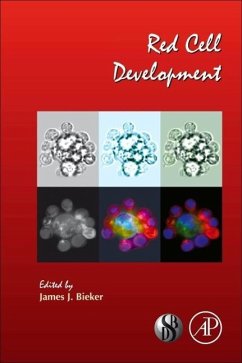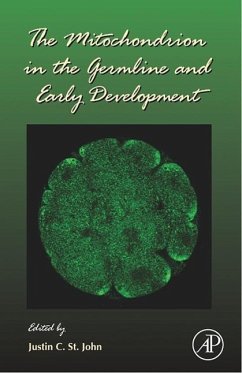
Gap Junctions
Volume 30
Herausgegeben: Hertzberg, E.L.
Versandkostenfrei!
Versandfertig in 6-10 Tagen
78,99 €
inkl. MwSt.

PAYBACK Punkte
39 °P sammeln!
The objective in editing this volume was twofold: to provide a reasoned overview of the field as well as to furnish one that provided this overview within the context of the intellectual boundaries of those who initially attempted to define the purview of gap junction research. The latter objective has been realized by selecting the topics for review in this volume. The former objective was achieved by securing the cooperation of leaders in their fields as chapter co-authors.












